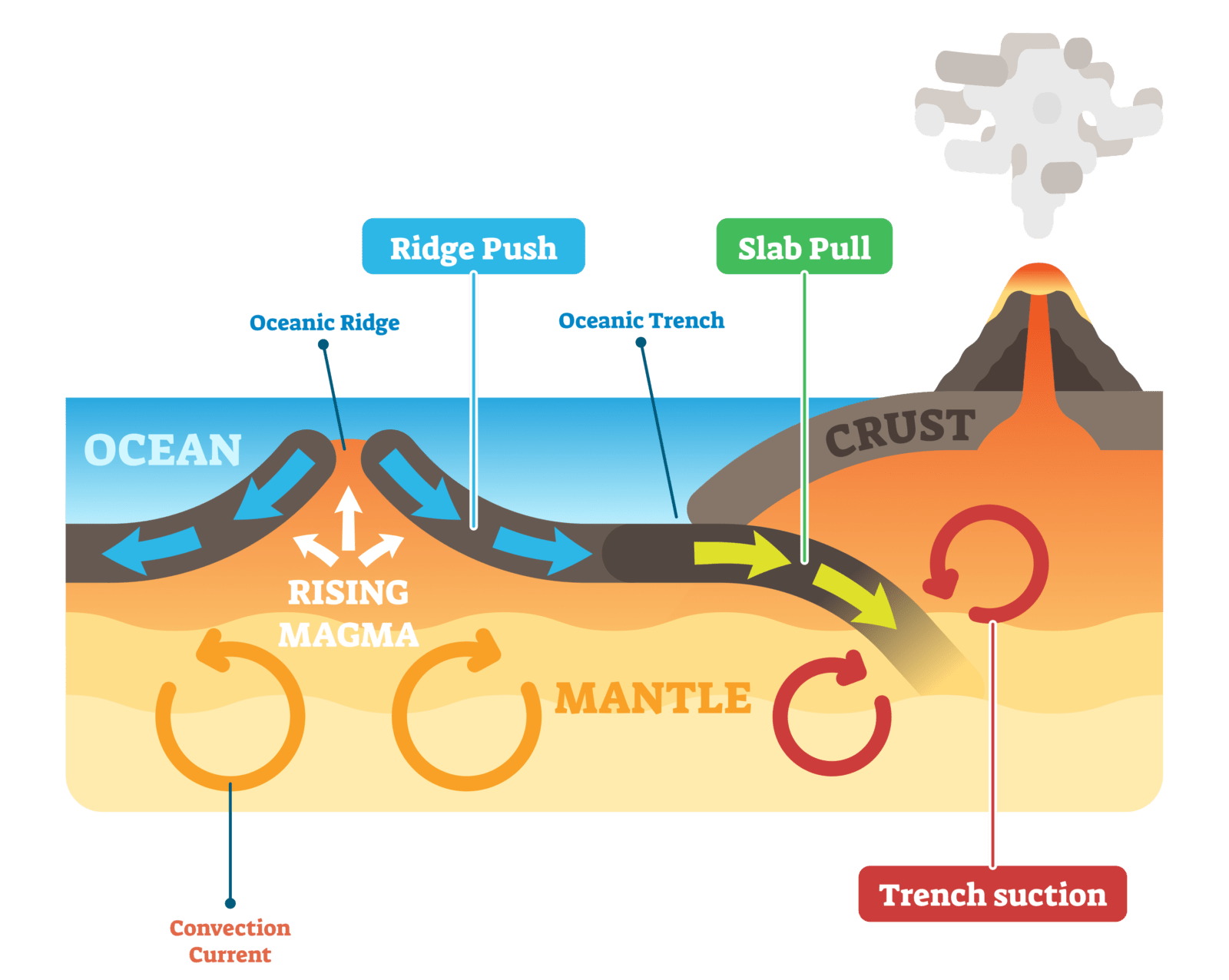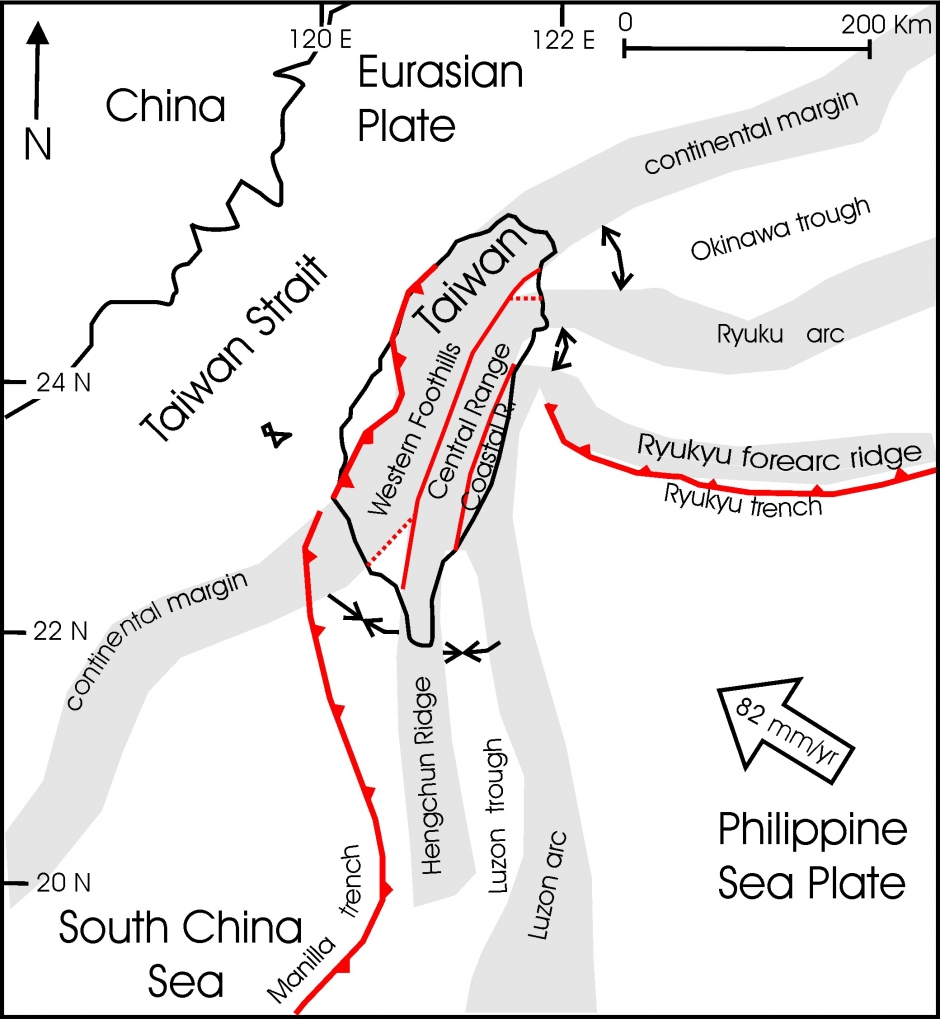Week 2 Plate Tectonics
Week 2: Plate Tectonics of Taiwan
This week, we discussed the importance of knowing the location of the plate and how it affects plate tectonics. According to the idea of plate tectonics, the Earth's crust is divided into sizable rock masses known as "plates" that move across the mantle (the layer of rock above the Earth's core). In plate tectonics, the crust and upper mantle of the earth's lithosphere, its outermost layer, are separated into sizable lithospheric plates. The asthenosphere is a layer of rock that is partially molten and sits on top of these plates. The plates move in relation to one another at a rate of 1 to 6 inches per year due to convection between the asthenosphere and lithosphere.
The theory of plate tectonics, the slow movement of plates, has a profound effect on the planet we live on. It is largely responsible for the formation of oceans, continental mountains, and our disasters, earthquakes, and volcanic eruptions.

https://www.internetgeography.net/wp-content/uploads/2019/10/how-do-tectonic-plates-move-e1570194301600.png
Taiwan is the nation I've selected for this semester. Taiwan, which was created about 4-5 million years ago at the meeting point of the Philippine Sea Plate and the Eurasian Plate, is a very seismically active nation. These plates' complicated tectonic activity is exceedingly intricate. To the east of Taipei, the Philippine Sea Plate subducts into the Eurasian Plate (Ryukyu Trench). The Philippine Sea Plate rises up to the Eurasian Plate at a pace of around 2.7 inches per year from the west coast of Taipei to the Manila Trench on the west side of the Philippines, resulting in a complicated geological structure. Recently, two major earthquakes measuring 6.8 on the Richter scale occurred in September 2022.

https://www.earthscope-program-2003-2018.org/sites/default/files/inline-images/fig_3_o_940_1019.jpg
I really like how you broke down the topic with the image you attached above. I think its good how you reviewed our points from this week. Honestly I think you did a very good job and I enjoyed learning about the Plate tectonics in Taiwan
ReplyDeleteShoki,
ReplyDeleteI thought you did a great job summarizing this week's content and explaining Taiwan's vulnerability to seismic activity. My country is Poland, which is located in the middle of the European plate, and doesn't have a major plate boundary in its vicinity. They experience very little seismic activity, so it isn't very comparable to your country in that regard, but it will be interesting to see how comparable they may be in the coming weeks!
Hey Shoki,
ReplyDeleteI really enjoyed reading your post it was really enlightening to learn the smaller details about your country and how they are liable to these tectonic plates causing these disasters. I loved how you applied everything that we learned this week into your response and I really like you explanation of everything it shows you have thoroughly studied your school content.